In terms of holiday centerpieces (we’re looking at you,
Easter dinner), you just can’t beat a baked ham. While it may seem intimidating, it’s truly one of the simplest holiday mains you can make (plus, those leftovers are unbeatable). If you’re looking for a way to take yours truly over the top, a homemade glaze is the way to go. It’s so simple to make and makes all the difference in presenting the most flavorful ham possible. Read on for tips on how to make your glazed ham the best one yet:
What kind of ham is best for glazing?
Purchase a pre-cooked ham, often called a “city ham.” You can choose a bone-in or boneless ham—the choice is yours.
What’s in a brown sugar glaze?
Our go-to combo is brown sugar, Dijon mustard, and apple cider, with a touch of apple cider vinegar for some extra zing. To make it, simply throw the ingredients in a small pot, bring to a boil, and cook until the glaze is reduced by half. At that point, it’s ready to go on the ham.
When should I glaze the ham?
Most hams take 2 to 3 hours to warm in the oven, but you’ll want to wait until the last 30 minutes to start glazing. If you put it on any earlier, the sugars in the glaze might burn. When you’re ready to glaze, pull the ham out of the oven, remove the foil, and brush the warm glaze all over it. Return the ham to the oven and continue to cook for the remaining 30 minutes, brushing on more glaze every 10 minutes. The stickier and more caramelized the ham gets, the better, and this continual glazing will give you maximum glossy results.
Can I make the glaze ahead of time?
Absolutely. After the glaze has reduced by half, let it cool, then store in an airtight container in the refrigerator for up to 5 days. When you’re ready to use it, you can rewarm the glaze over low heat on the stove or in the microwave in 15-second bursts, stirring in between.
Made this yet? Let us know how it went in the comments below.


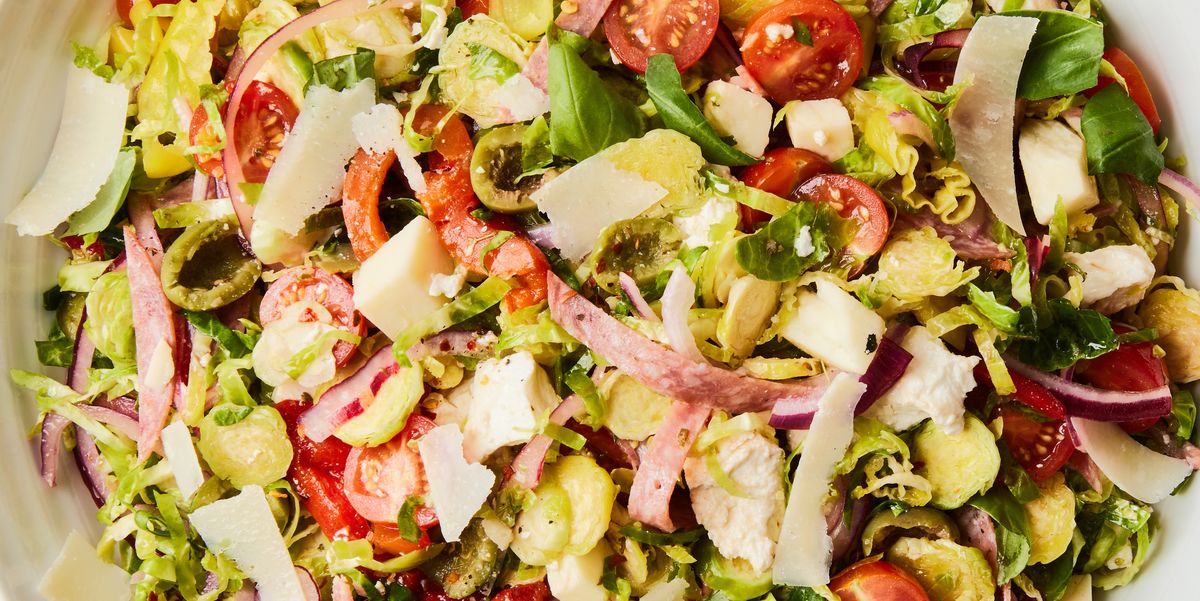
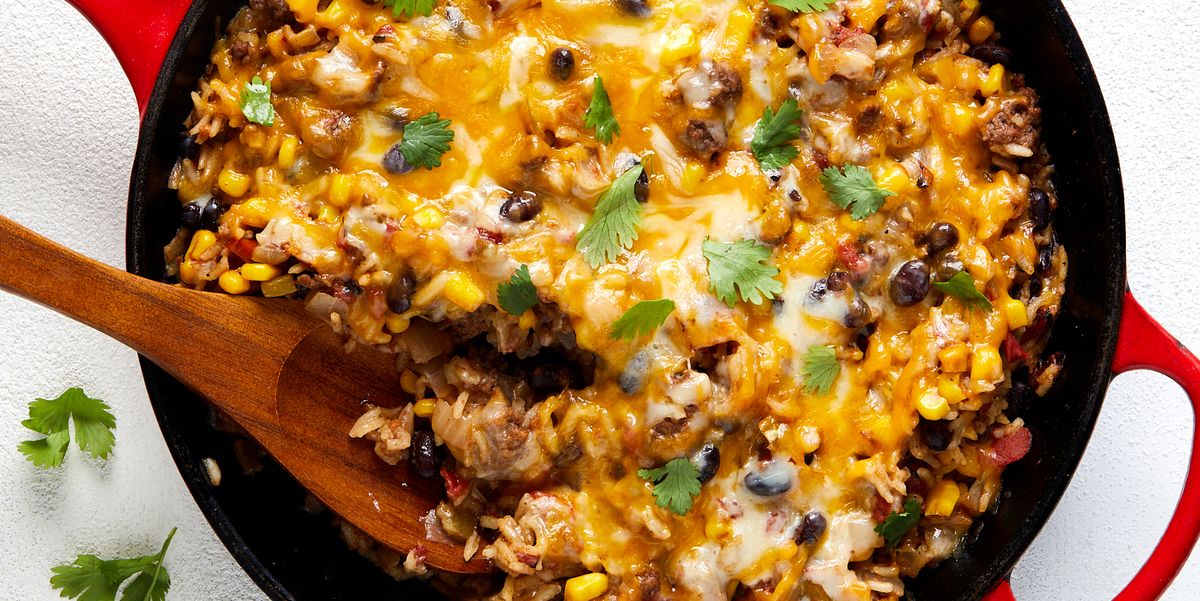
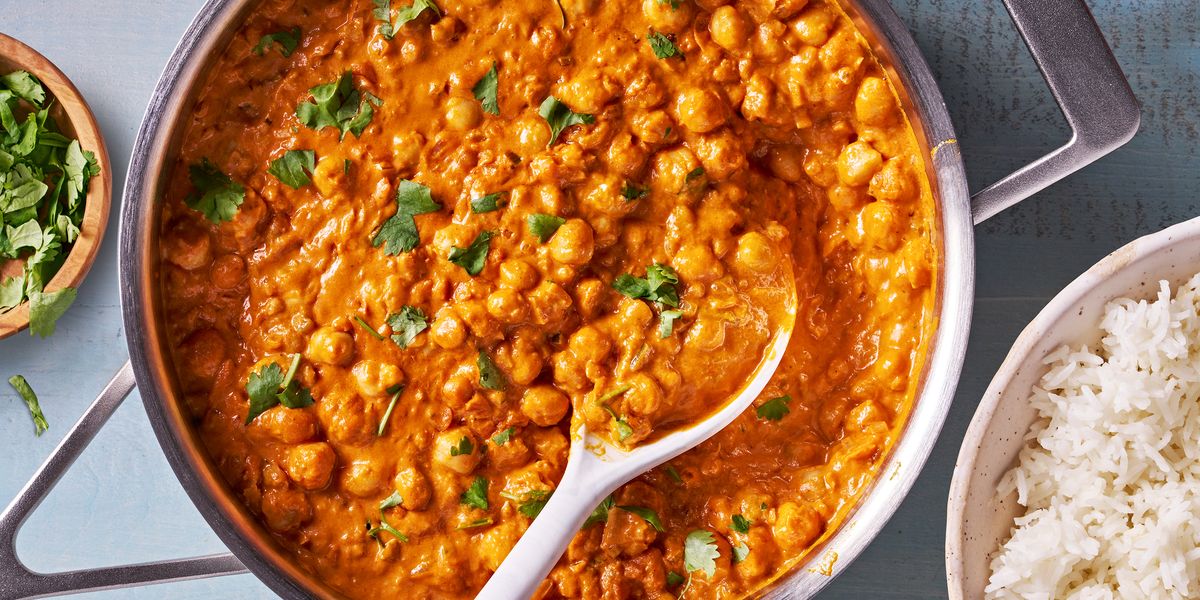







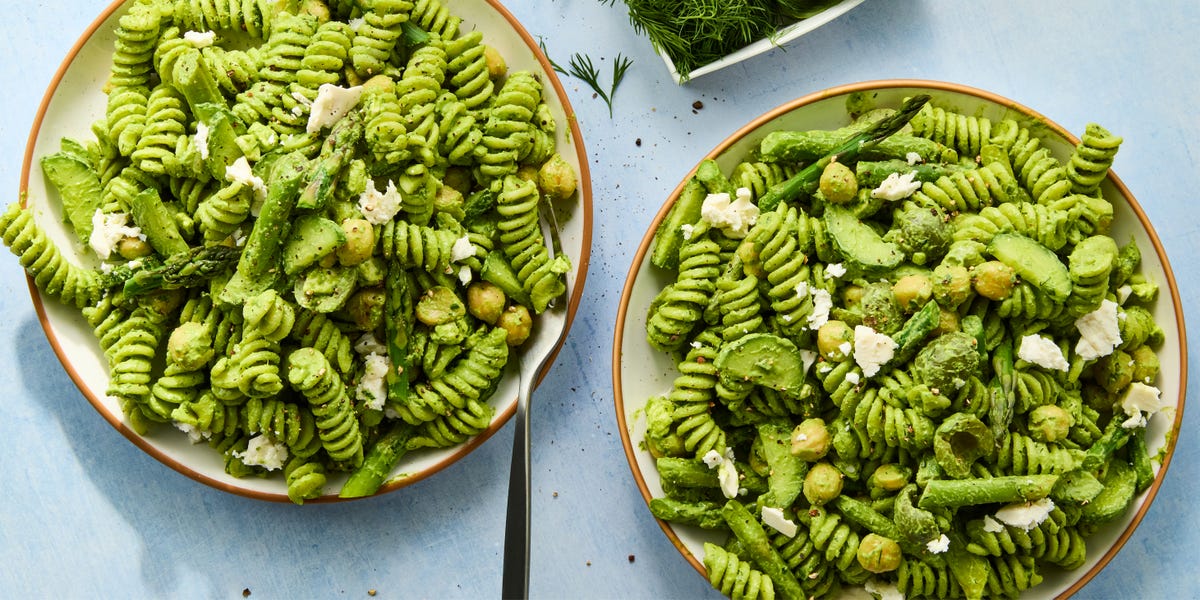


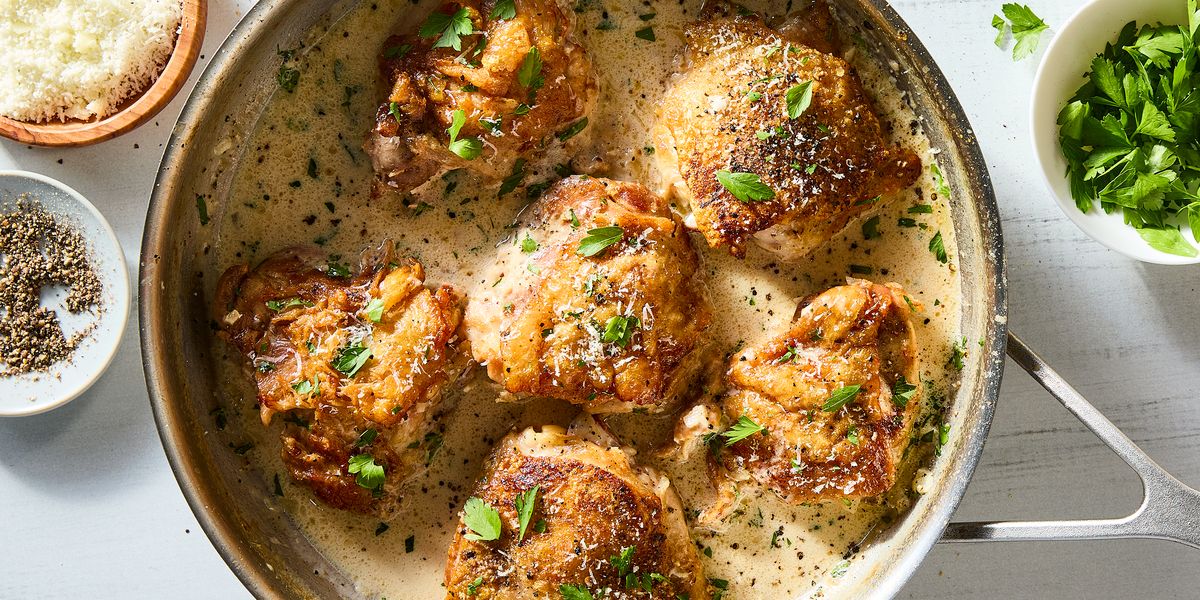

Leave a Reply